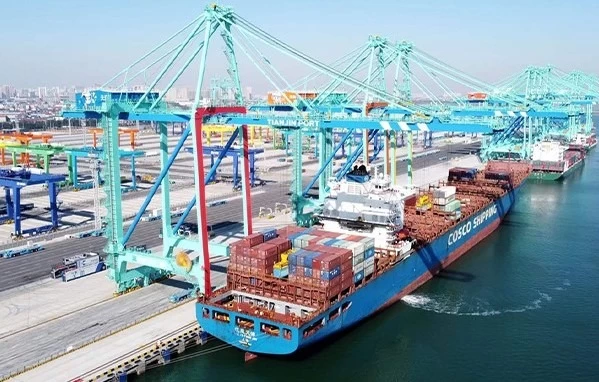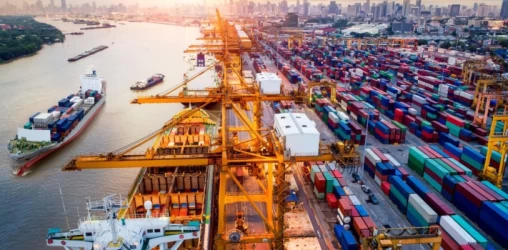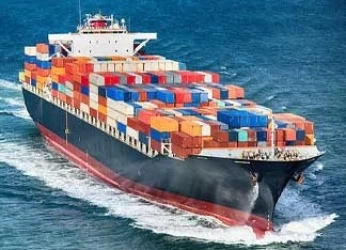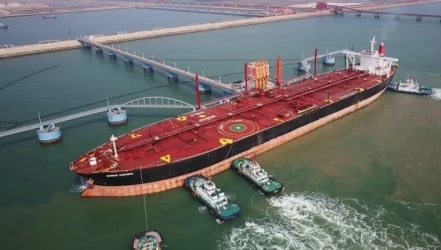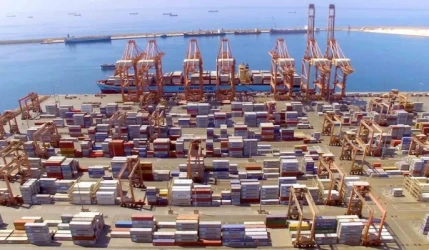Sea freight in Tianjin port
Tianjin Port, one of China's most significant trade hubs, plays a critical role in facilitating international commerce and maritime logistics. Strategically located near Beijing, this port serves as a gateway to northern China and is a vital part of the Maritime Silk Road initiative. In this comprehensive guide, we will explore the history, infrastructure, international connections, environmental initiatives, and challenges that define maritime transport at Tianjin Port.
History and Location of Tianjin Port
Established in 1860, Tianjin Port has grown into one of the largest ports in the world. Located in the Bohai Sea, it is a crucial entry point for northern China, offering direct access to the capital, Beijing. As one of China’s top five major ports, Tianjin has been a critical driver in the country’s trade and economic development, positioning itself as a dynamic center for international trade across Asia.
Infrastructure and Transportation Capabilities
Tianjin Port boasts modern infrastructure, including automated terminals, advanced cranes, and an extensive rail transport system. This port specializes in container shipping and bulk cargo such as coal, oil, natural gas, and minerals. With over 300 active berths, Tianjin can accommodate large vessels, making it a critical node in global shipping networks. The port's handling capacity allows it to manage millions of containers annually, making it a key player in China’s trade operations.
International Connections
As one of the largest ports globally, Tianjin maintains connections with over 600 ports worldwide. It plays a central role in China’s "Belt and Road Initiative," designed to enhance global trade by creating a more interconnected infrastructure between Asia, Europe, and Africa. Tianjin is pivotal in exporting Chinese goods and importing raw materials, positioning it as a vital link in global supply chains.
Logistics and Customs Services
One of the key strengths of Tianjin Port is its highly efficient logistics and customs services. With automated processes and digital systems in place, the clearance time for goods has been significantly reduced, boosting the overall efficiency of operations. This makes Tianjin an attractive port of entry for international companies looking to streamline the import and export process within China.
Environmentally Sustainable Shipping
In response to global efforts to reduce carbon emissions, Tianjin Port has made significant strides toward greener shipping practices. The port has launched projects to use renewable energy sources, minimize greenhouse gas emissions, and implement cutting-edge technologies that reduce the environmental impact of shipping activities. This commitment to sustainability positions Tianjin as a leader in eco-friendly maritime transport.
Challenges and Opportunities
Despite its advanced capabilities, Tianjin Port faces challenges, including increasing competition from other Chinese ports like Shanghai and Ningbo, as well as global shifts in trade policies. However, there are significant opportunities in expanding its rail and road connectivity to other Asian and European countries. These developments could further solidify Tianjin's role in global trade and enhance its competitiveness.
Conclusion
Tianjin Port, with its modern infrastructure and strategic location, continues to be a cornerstone of global maritime transport and trade. Its recent environmental initiatives and focus on sustainable shipping underscore China's broader goals of promoting international trade while reducing the environmental impact of its logistics operations. As a critical component of the global supply chain, Tianjin Port will likely remain a key player in international shipping for years to come.
If you have any specific questions or need further assistance, feel free to ask!

